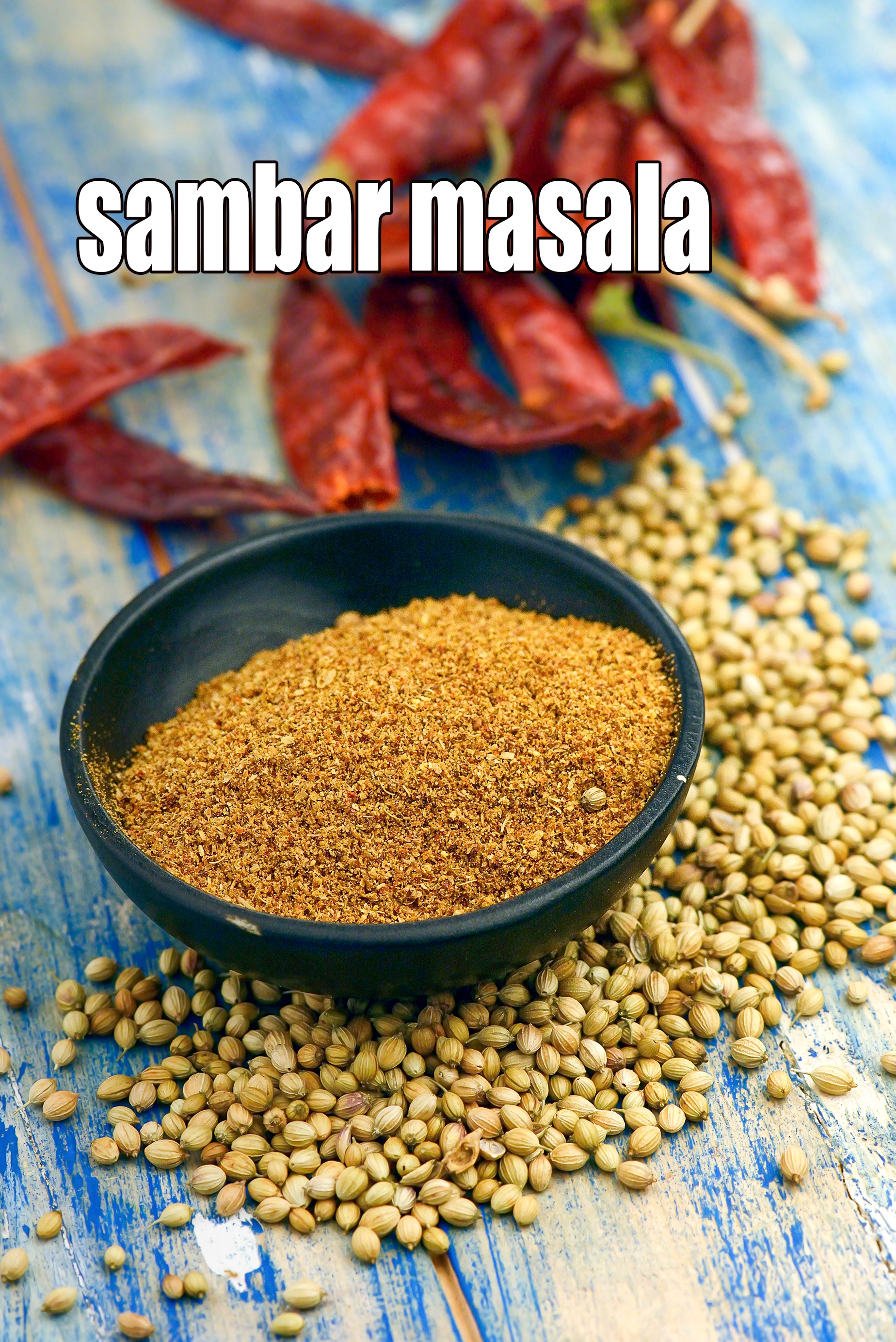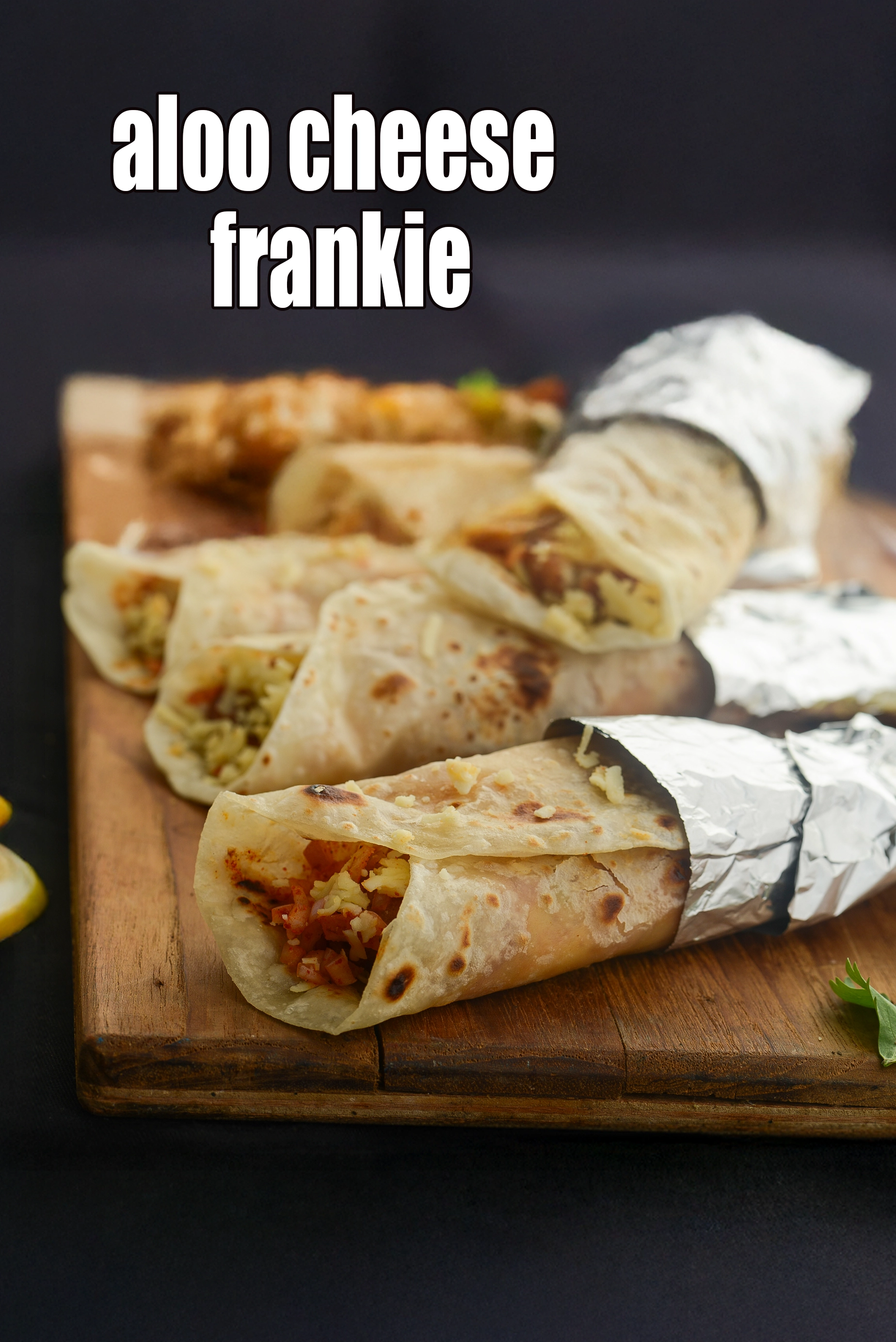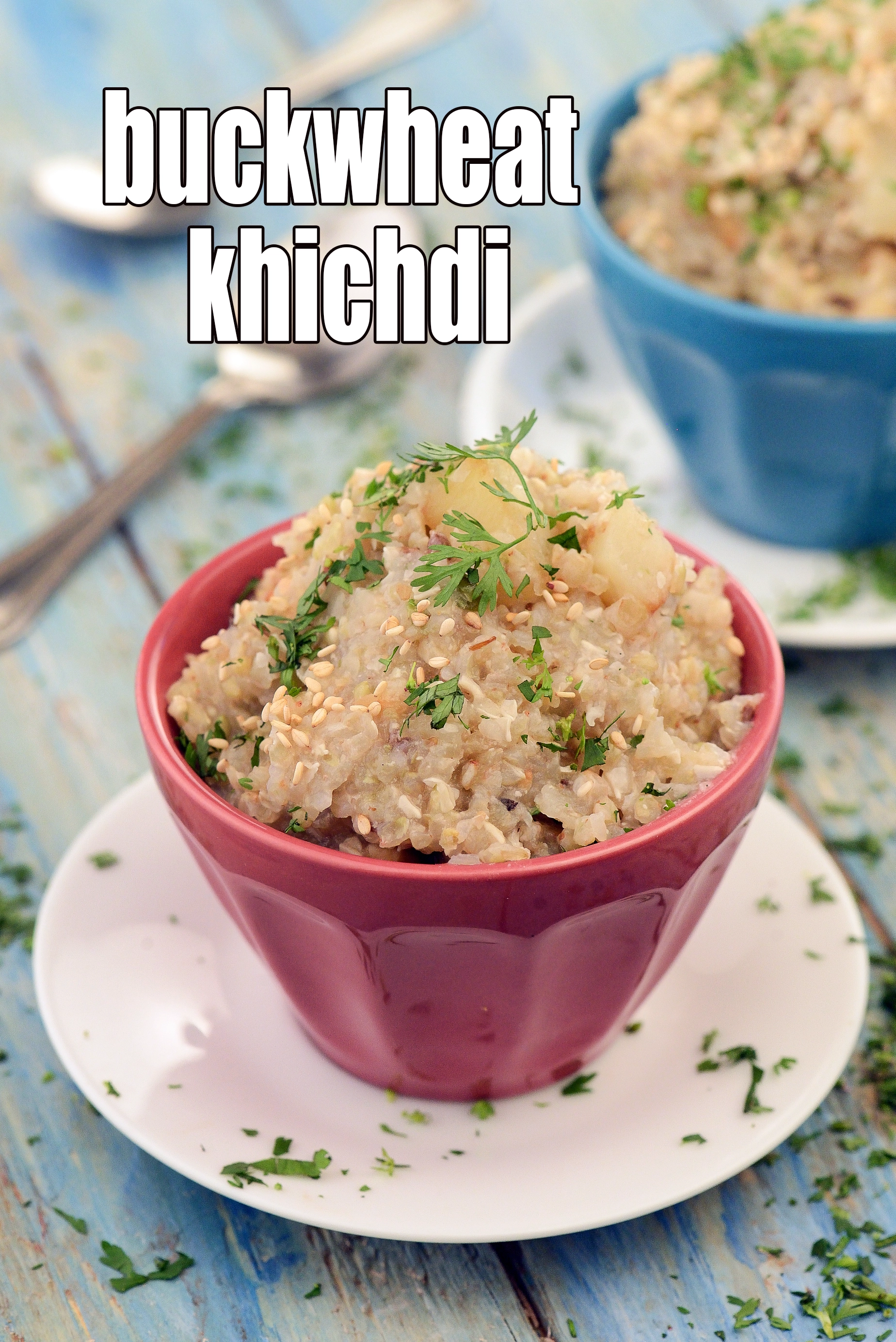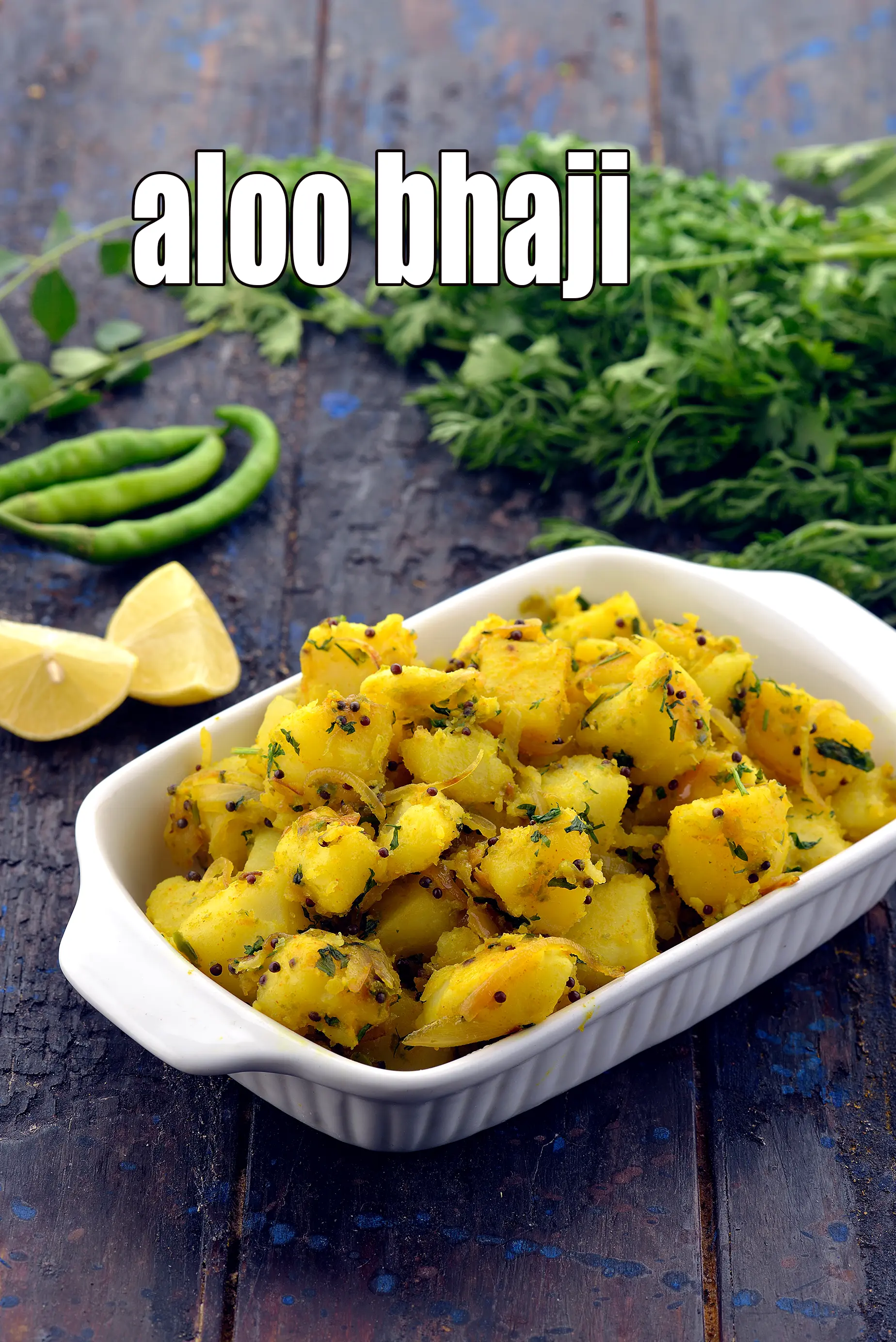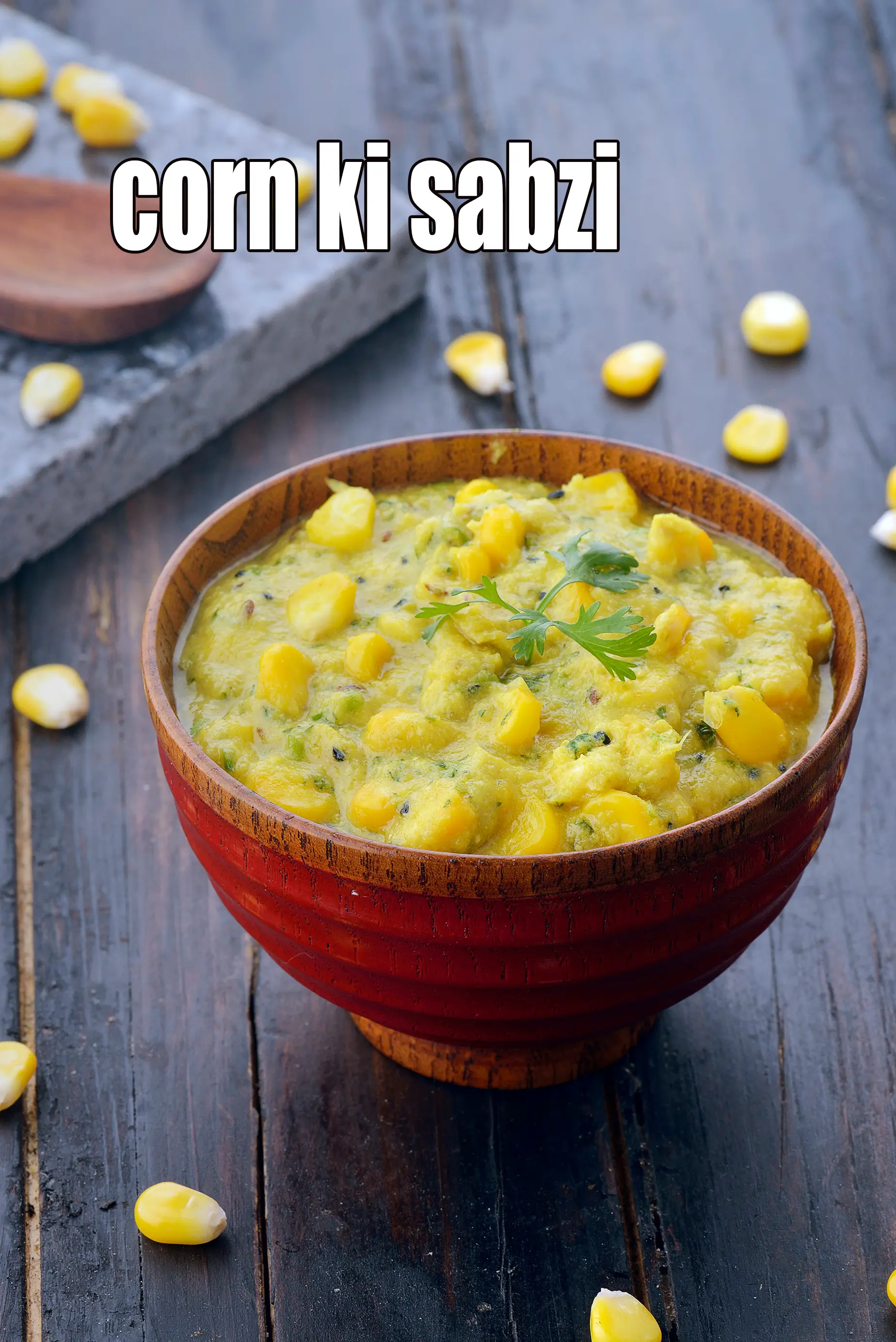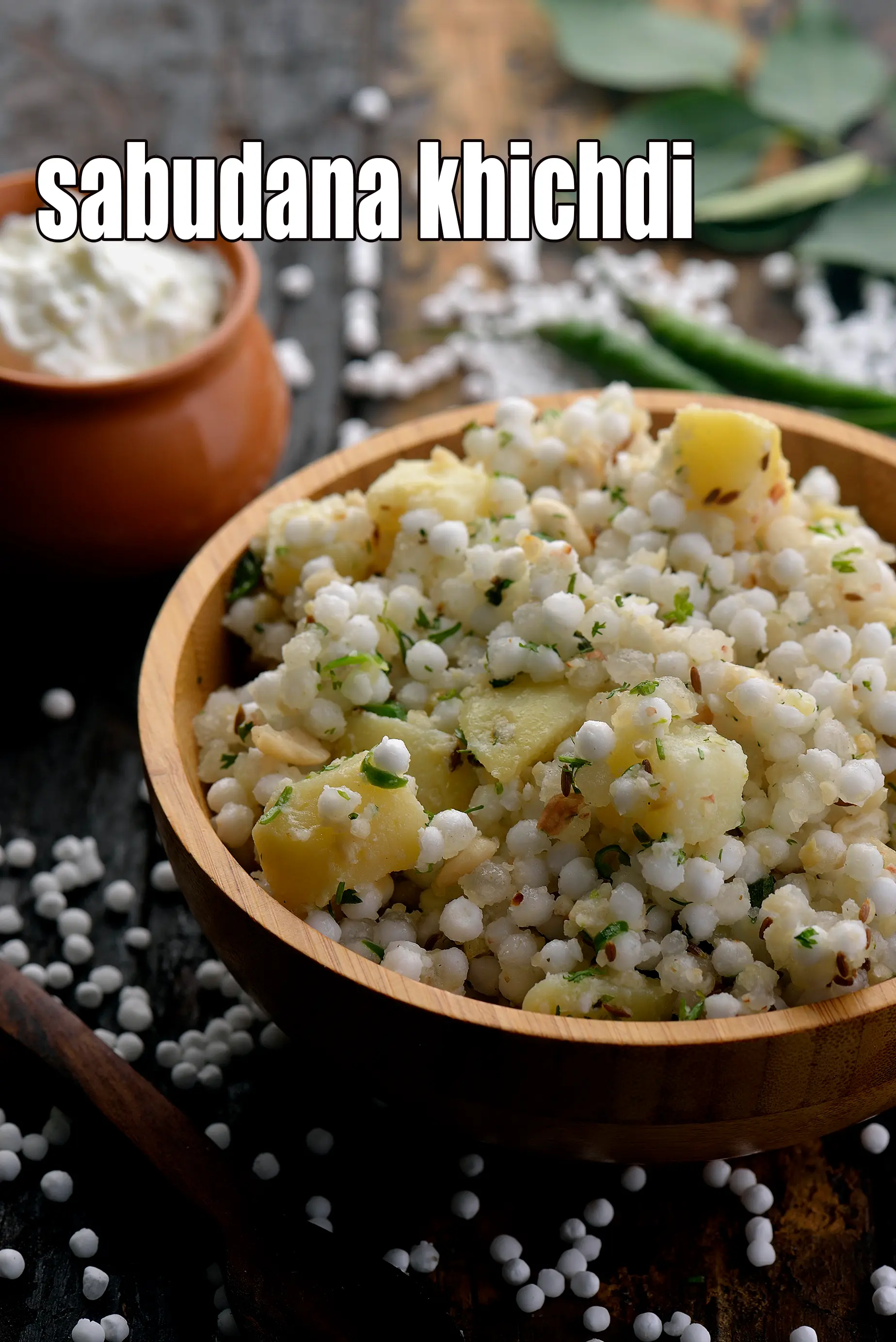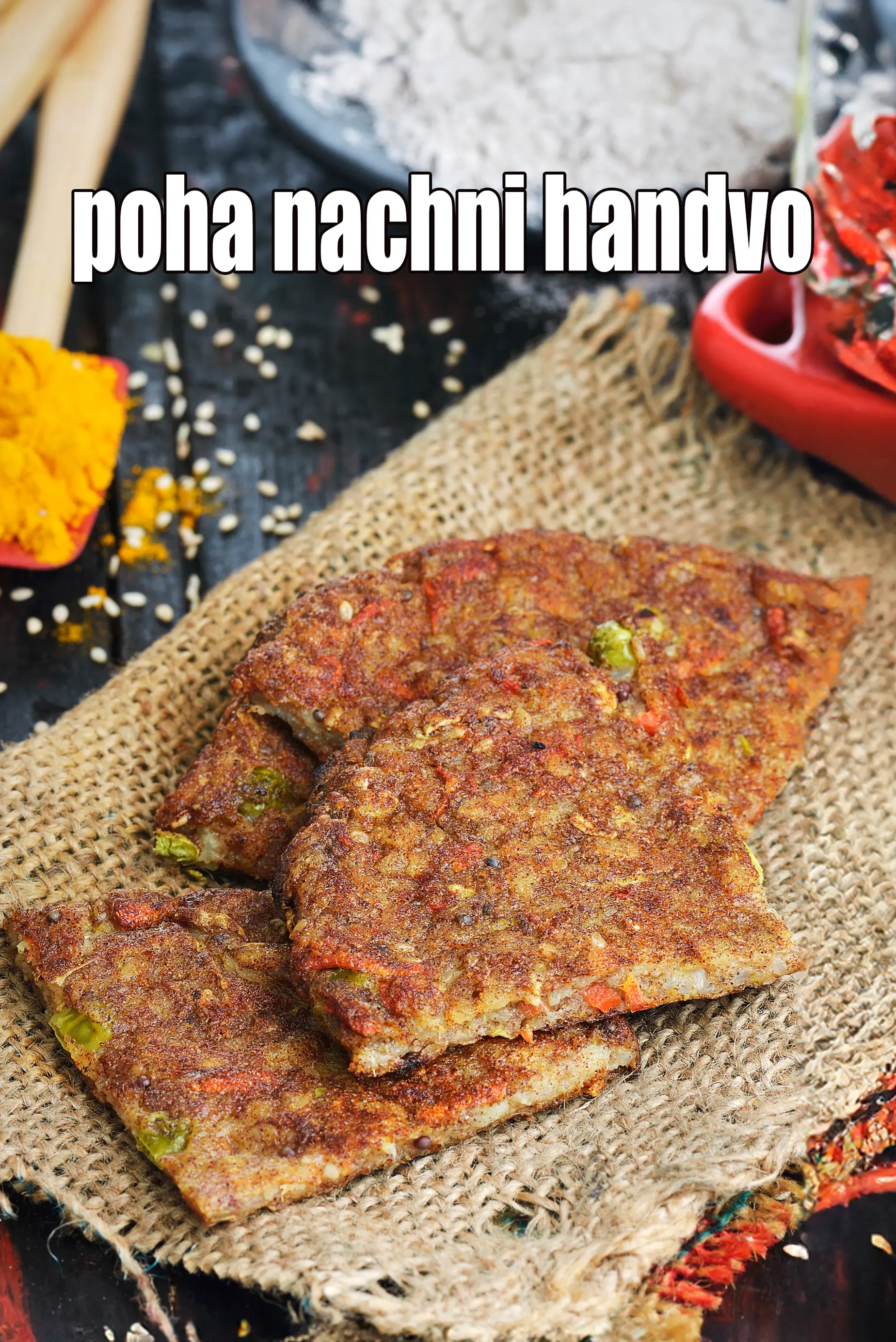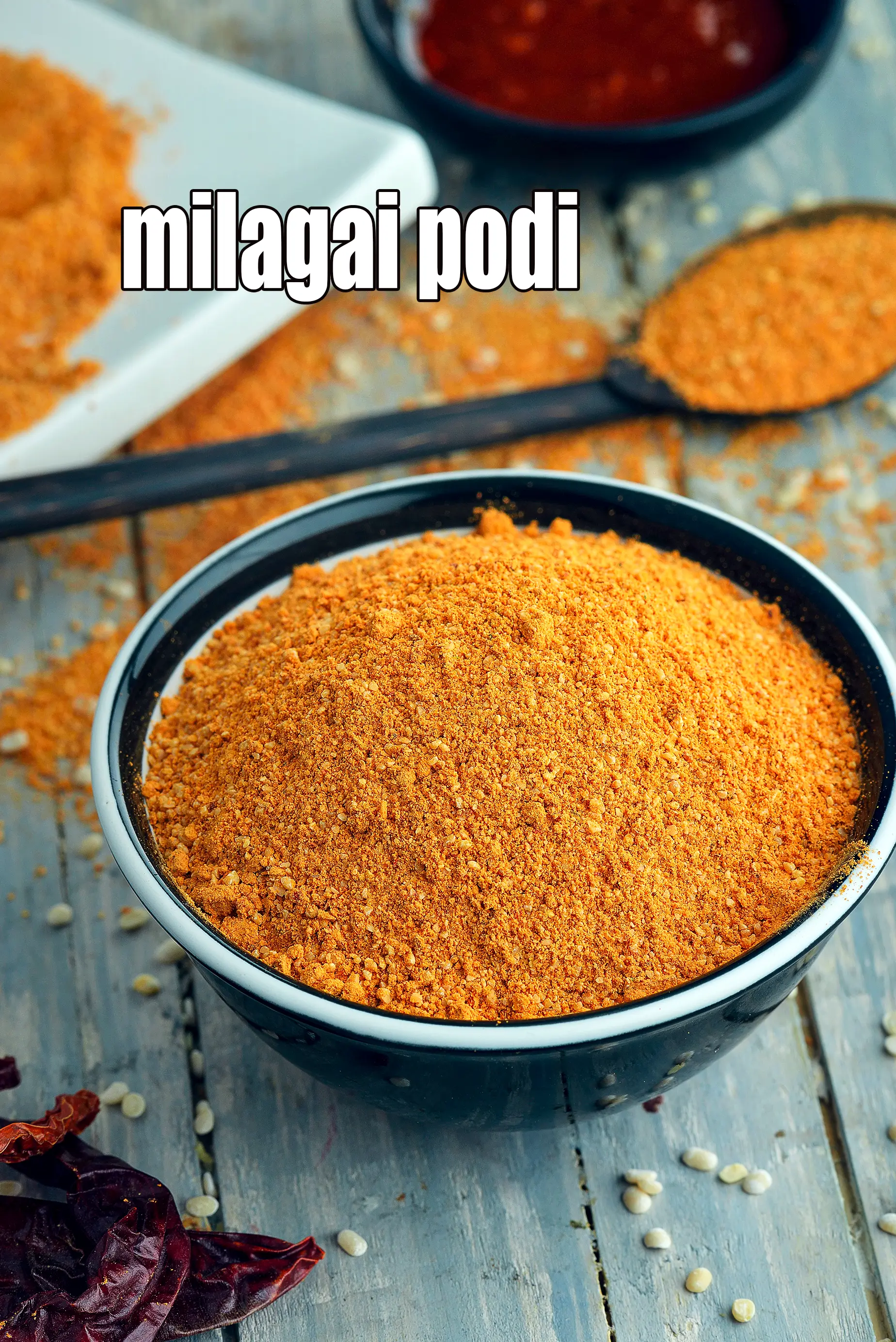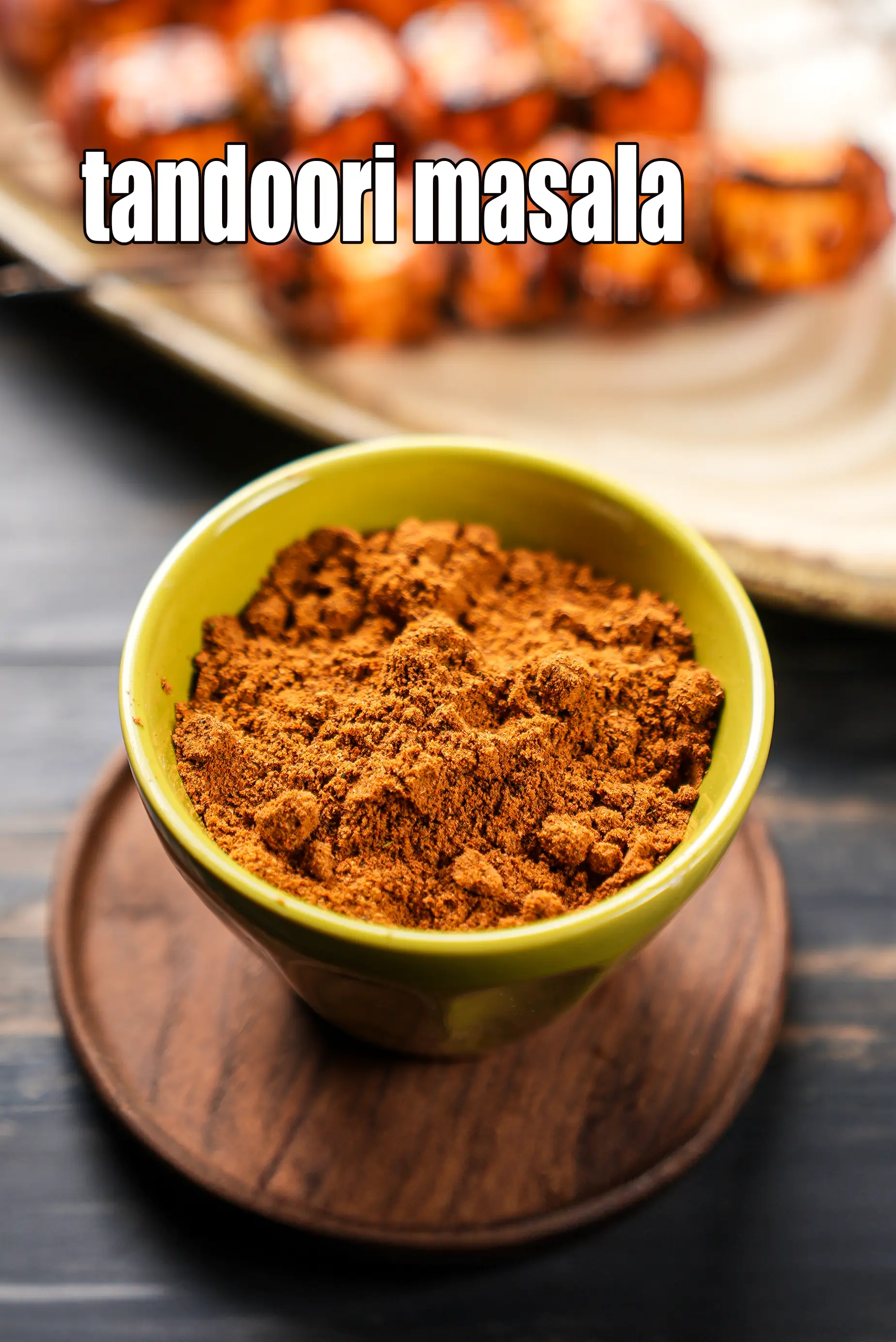Nutritional Facts of Radish Koftas in Kadhi, Calories in Radish Koftas in Kadhi
This calorie page has been viewed 3178 times
Cooking Basics
Healthy Indian Recipes
Healthy Indian Recipes
How many calories does one serving of Radish Koftas in Kadhi have?
One serving of Radish Koftas in Kadhi gives 163 calories. Out of which carbohydrates comprise 100 calories, proteins account for 41 calories and remaining calories come from fat which is 22 calories. One serving of Radish Koftas in Kadhi provides about 8 percent of the total daily calorie requirement of a standard adult diet of 2,000 calories.
See Radish Koftas in Kadhi recipe. This simple combination of radish and low fat curds needs only steamed rice to complete your meal. You can adjust the consistency of the kadhi by varying the amount of water and besan. The radish koftas are steamed and not deep fried in the kadhi. It is also a good way to add vegetables in your diet to provide vitamin A and iron. The curd and besan combination makes the kadhi a rich source of protein and calcium too.
Is Radish Koftas in Kadhi healthy?
Yes, this is healthy. But restrictions apply to some.
Let's understand the Ingredients.
What's good.
1. Mooli (Radish) : Radish has many heart protective nutrients like Vitamin C, folic acid, calcium, potassium and flavonoids. They are an amazing source of fibre which helps in lowering cholesterol levels. The vitamin C in radishes is an antioxidant and anti-inflammatory which can help arthritis patients. Potassium from radish can help lower your risk of kidney stones. See detailed benefits of radish.
2. Yellow Moong Dal : The fibre (4.1 g in ¼ cup) present in yellow moong dal prevents the deposition of bad cholesterol (LDL) in the arteries which promotes a healthy heart in turn. Packed with nutrients like zinc (1.4 mg), protein (12.2 mg) and iron (1.95 mg), yellow moong dal helps to maintain the elasticity of your skin and help to keep it moist. Fiber, potassium and magnesium from yellow moong dal will work together to regulate blood pressure and soothe the nerves and is diabetic friendly. See here for details of 7 amazing benefits of yellow moong dal.
3. Curd + Low fat Curds : Curds help in digestion as it has very good bacteria. Probiotics in curds acts as a mild laxative but, in case of diarrhoea and dysentery, it is a boon, if curd is used with rice.They help in weight reduction, good for your heart and build immunity. The only difference between curds and low fat curds is the fat level. Read the benefits of curds to include in your daily diet.
4. Besan : Besan has more good fat than whole wheat flour and also higher protein content. Rich in complex carbohydrates and with a low glycemic index, besan is good for diabetics too. Besan is high in Folate or folic acid, which is important for rapid growth and multiplication of red blood cells and white blood cells (WBC) in the bone marrow. Rich in complex carbohydrates and with a low glycemic index, besan is good for diabetics too. See detailed benefits of besan and why it's good for you.
Can diabetics, heart patients and over weight individuals have Radish Koftas in Kadhi ?
Yes, this recipe is good for diabetics, heart and weight loss. Radish has many heart protective nutrients like Vitamin C, folic acid, calcium, potassium and flavonoids. Fiber, potassium and magnesium from yellow moong dal will work together to regulate blood pressure and soothe the nerves and is diabetic friendly.
Can healthy individuals have Radish Koftas in Kadhi ?
Yes. Kadhi goes well with the following khichdi options : buckwheat moong and vegetable khichdi, vitamin khichdi, fada ni khichdi, bohri khichdi and buckwheat and sprouts khichdi. Note that these khichdi recipes have ZERO rice used in them and are diabetic, heart friendly.
Bohri Khichdi
How to burn 163 calories that come from one serving of Radish Koftas in Kadhi?
| Walking (6 kmph) = | 49 | mins |
| Running (11 kmph) = | 16 | mins |
| Cycling (30 kmph) = | 22 | mins |
| Swimming (2 kmph) = | 28 | mins |
Note: These values are approximate and calorie burning differs in each individual.
| Energy | 163 cal |
| Protein | 10.2 g |
| Carbohydrates | 25 g |
| Fiber | 4.6 g |
| Fat | 2.5 g |
| Cholesterol | 0 mg |
| Vitamin A | 168.9 mcg |
| Vitamin B1 | 0.2 mg |
| Vitamin B2 | 0.1 mg |
| Vitamin B3 | 0.9 mg |
| Vitamin C | 2.2 mg |
| Folic Acid | 56.2 mcg |
| Calcium | 103.9 mg |
| Iron | 1.7 mg |
| Magnesium | 53.8 mg |
| Phosphorus | 79.8 mg |
| Sodium | 47.6 mg |
| Potassium | 364.9 mg |
| Zinc | 0.9 mg |

Click here to view Radish Koftas in Kadhi
Calories in other related recipes
.webp)

